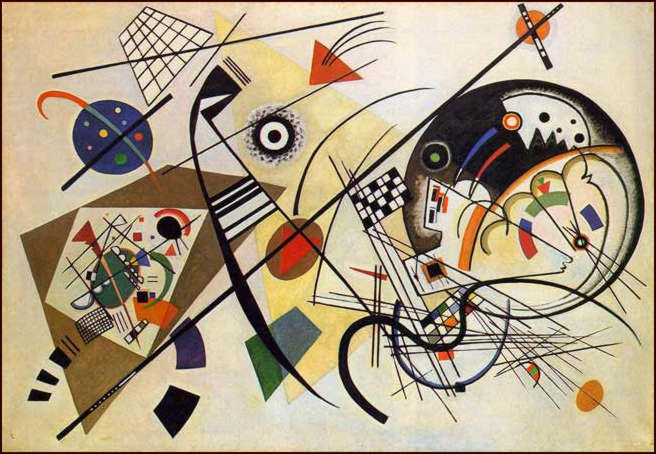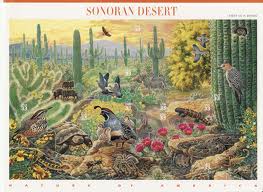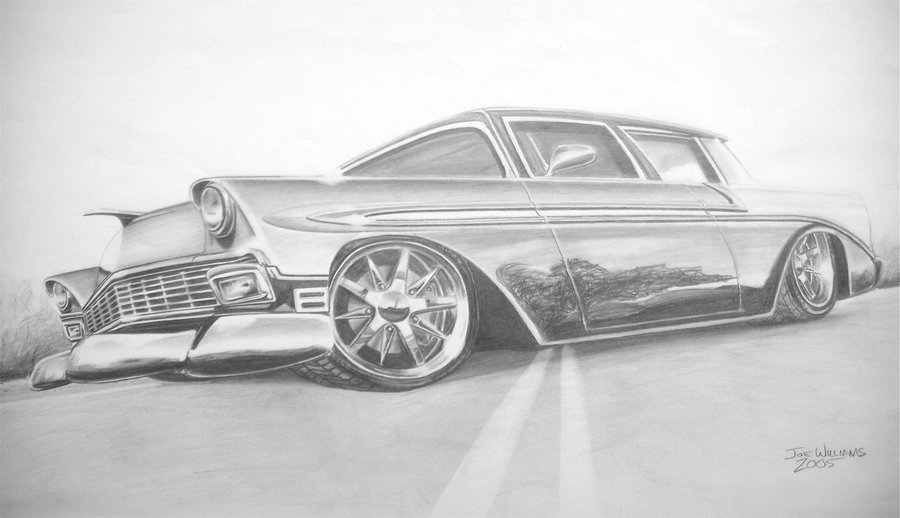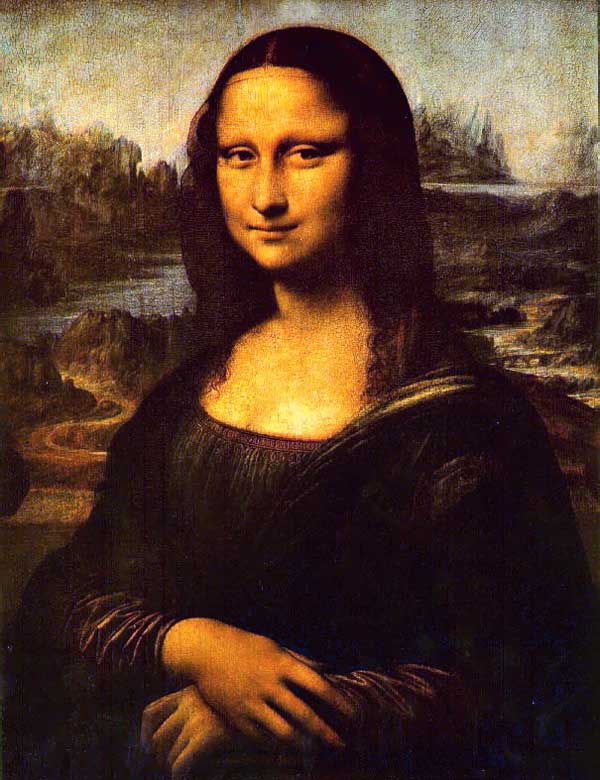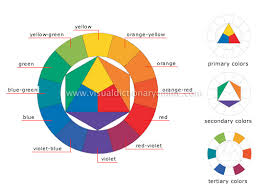| |
No events, Monday, December 1
1
No events, Monday, December 1
1
|
No events, Tuesday, December 2
2
No events, Tuesday, December 2
2
|
No events, Wednesday, December 3
3
No events, Wednesday, December 3
3
|
No events, Thursday, December 4
4
No events, Thursday, December 4
4
|
No events, Friday, December 5
5
No events, Friday, December 5
5
|
No events, Saturday, December 6
6
No events, Saturday, December 6
6
|
|
No events, Sunday, December 7
7
No events, Sunday, December 7
7
|
No events, Monday, December 8
8
No events, Monday, December 8
8
|
No events, Tuesday, December 9
9
No events, Tuesday, December 9
9
|
No events, Wednesday, December 10
10
No events, Wednesday, December 10
10
|
No events, Thursday, December 11
11
No events, Thursday, December 11
11
|
No events, Friday, December 12
12
No events, Friday, December 12
12
|
No events, Saturday, December 13
13
No events, Saturday, December 13
13
|
|
No events, Sunday, December 14
14
No events, Sunday, December 14
14
|
No events, Monday, December 15
15
No events, Monday, December 15
15
|
No events, Tuesday, December 16
16
No events, Tuesday, December 16
16
|
No events, Wednesday, December 17
17
No events, Wednesday, December 17
17
|
No events, Thursday, December 18
18
No events, Thursday, December 18
18
|
No events, Friday, December 19
19
No events, Friday, December 19
19
|
No events, Saturday, December 20
20
No events, Saturday, December 20
20
|
|
No events, Sunday, December 21
21
No events, Sunday, December 21
21
|
No events, Monday, December 22
22
No events, Monday, December 22
22
|
No events, Tuesday, December 23
23
No events, Tuesday, December 23
23
|
No events, Wednesday, December 24
24
No events, Wednesday, December 24
24
|
No events, Thursday, December 25
25
No events, Thursday, December 25
25
|
No events, Friday, December 26
26
No events, Friday, December 26
26
|
No events, Saturday, December 27
27
No events, Saturday, December 27
27
|
|
No events, Sunday, December 28
28
No events, Sunday, December 28
28
|
No events, Monday, December 29
29
No events, Monday, December 29
29
|
No events, Tuesday, December 30
30
No events, Tuesday, December 30
30
|
No events, Wednesday, December 31
31
No events, Wednesday, December 31
31
|
|
|
|

